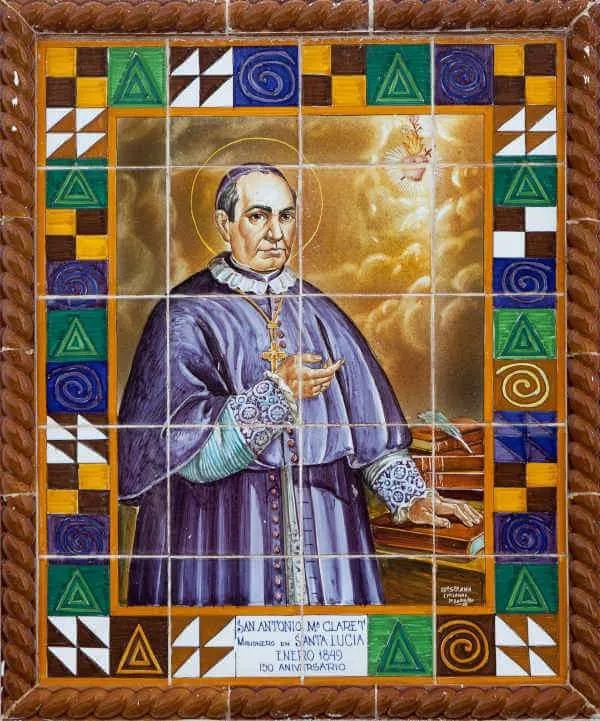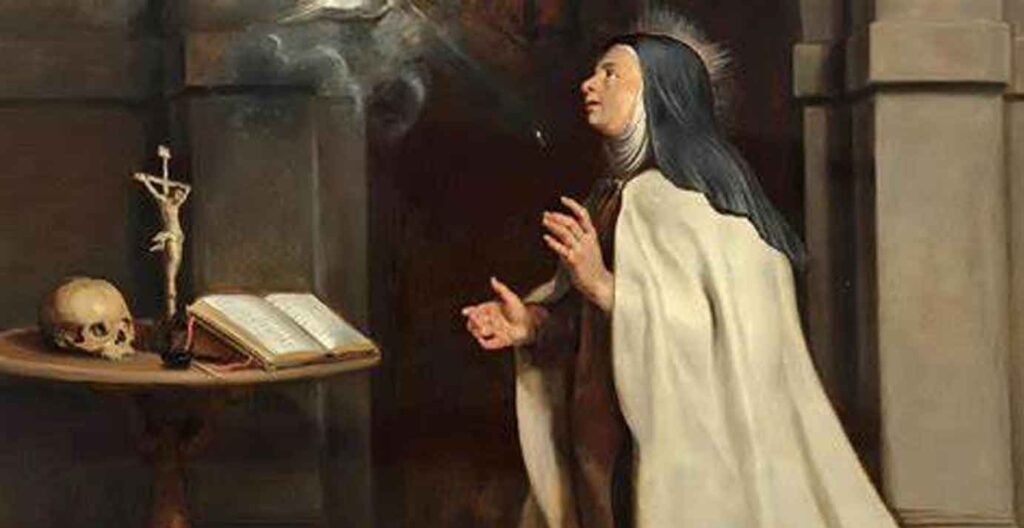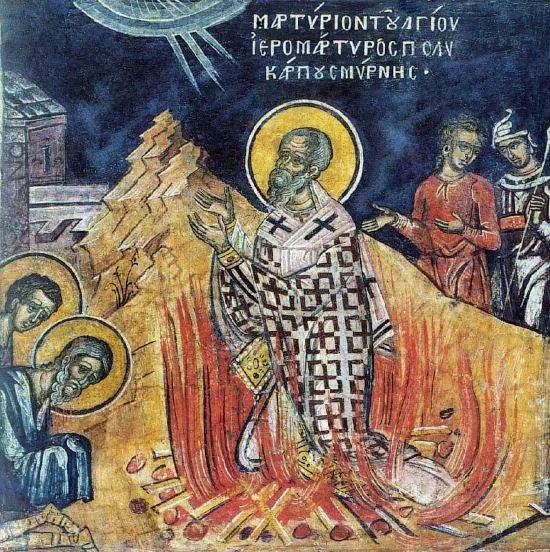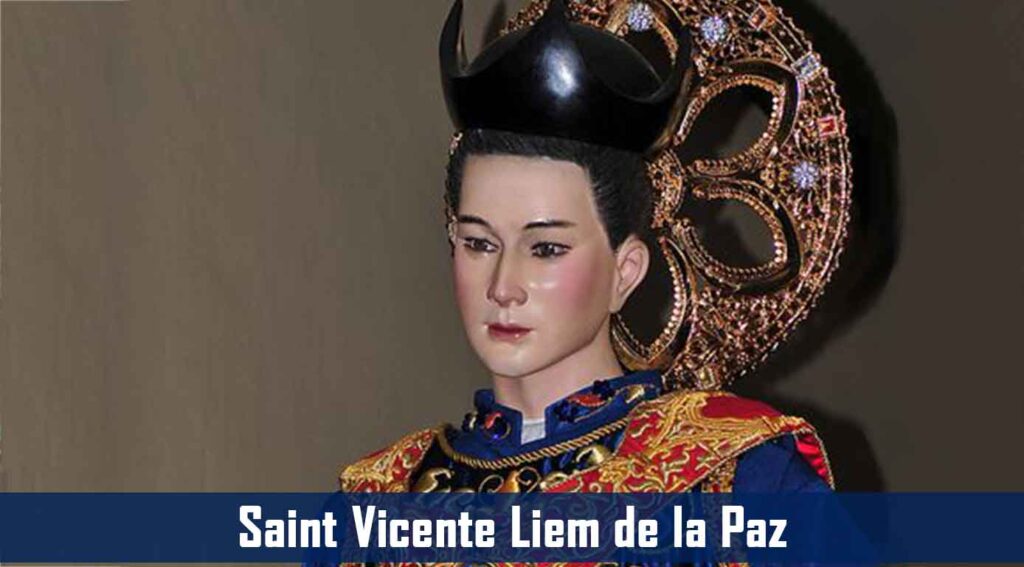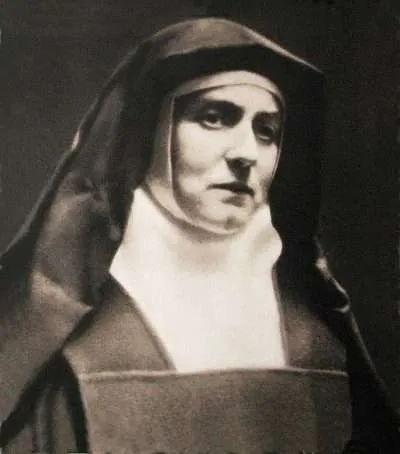1807–1870; Patron Saint of the Catholic press, textile merchants, and weavers; Canonized by Pope Pius XII on May 7, 1950
Anthony Adjutor John Claret y Clara was born in the small town of Sallent, in the Province of Barcelona, Spain. Sallent was primarily an agricultural and textile-based town, where life centered around the local Catholic church. His parents were devout Catholics who raised their children well in the faith. Anthony was the fifth of eleven children, but only five survived to adulthood. His father ran a factory that manufactured thread and cloth, and provided a sufficient income for his family.
As a child, Anthony developed a compassionate heart. He relates in his autobiography that when he was only five, he would often lie down at night and try to ponder eternity. He would then consider those who are miserable in this life and whether they would suffer for eternity. This thought filled him with holy sorrow and a desire to help as many people as possible avoid such a fate.
At the age of six, Anthony was sent to the local school where he excelled in his education. He memorized the entire catechism, even though he didn’t fully understand what it meant. As he matured, he notes that he had regular moments when a light went on, and he would understand a lesson. His parents were excellent teachers of the Catholic faith. Every day his father would read a spiritual book to his children and give them some edifying lessons. Anthony took it all in and not only learned the lessons but grew in virtue. As early as elementary school, Anthony made it known that he wanted to be a priest. He would often make a visit to the parish church in the evening and surrender himself to his Lord. He also grew in a deep devotion to our Blessed Mother from an early age, praying the rosary every day.
During his teenage years, in addition to attending school, Anthony regularly worked in his father’s factory, learning the trade of manufacturing well. He was even put in charge of overseeing all of the workers. At the age of eighteen, his father agreed to send Anthony to Barcelona where he studied manufacturing techniques, design, Castilian, and French grammar. Anthony excelled so greatly that some local businessmen wanted Anthony and his father to start a new factory in Barcelona. Of this time, Anthony later wrote, “My ceaseless preoccupation with machines, looms, and creations had so obsessed me that I could think of nothing else.” However, he declined the offer to start a new business, because he knew something else awaited him.
After four years in Barcelona, Anthony finally realized he needed to leave and pursue his vocation. He wanted to become a Carthusian and live as a hermit. Eventually, his spiritual director convinced him to study philosophy in the diocesan seminary in Vich, about twenty-five miles from his family home. As a seminarian, he was able to shed his obsession for manufacturing that had plagued him for the previous four years. Once purified and able to refocus on his prayer life, he realized that the diocesan priesthood was God’s will, not the Carthusians. He completed his studies there and was ordained a priest on June 13, 1835. His first assignment was in his hometown, where he spent the next four years continuing his theological studies.
In 1839, Father Anthony felt God calling him to become a foreign missionary, so he traveled to Rome to apply for missionary work from the Congregation for the Propagation of the Faith. After arriving in Rome, he spent some time on retreat with the Jesuits, and his retreat master encouraged him to join their order so that he could work as a missionary with them. He agreed. After a few months, things were going very well. However, one day he had a mysterious pain in his leg. The Jesuit superiors saw it as a sign from God that God wanted him to do something other than become a Jesuit. After consultation, the saintly Superior General stated, “It is God’s will that you go quickly, quickly to Spain. Have no fear. Courage!” That is exactly what Father Anthony did.
Back in Spain, he was assigned to a parish in Viladrau where he soon preached a mission. It was such a success that he preached one in a neighboring village. Each mission he preached was more effective than the previous one, and many people were converting. Additionally, God started performing many miracles through him. He healed many who were sick and cast out many demons. His fame grew far and wide. He heard many confessions, spread devotion to our Blessed Mother, celebrated the Eucharist, and preached the Word of God with great zeal. After eight months in Viladrau, the bishop relieved him of his parish duties, and Father Anthony moved to Vich as a base from which he began traveling from parish to parish giving missions. He was granted the title of “Apostolic Missionary” by the Vatican, granting him faculties to preach in any diocese. His only goals were to glorify God and save souls. From 1843 to 1848, Father Anthony continually walked across Catalonia, preaching, living in poverty, and converting many sinners. During this time, he also wrote pamphlets, prayers, devotions, and other catechetical materials, which he distributed everywhere he went. In 1848, he founded a publishing house which, over the next two decades, distributed millions of books, booklets, and leaflets. Shortly after, he was sent to the Canary Islands where he preached for fifteen months, having the same powerful effect.
For some time, Father Anthony had been prayerfully considering the idea of founding a religious congregation dedicated to the preaching of missions. After returning to Vich in 1849, he founded the Congregation of Missionary Sons of the Immaculate Heart of Mary, later known as the Claretian Missionaries, or Claretians. The goal of this new congregation was to train priests specifically for the purpose of preaching missions, evangelizing, and saving souls. However, very shortly after he founded the congregation, he was appointed as Archbishop of Santiago de Cuba. It was then that he added “Mary” to his name: Archbishop Anthony Mary Adjutor John Claret y Clara. After his episcopal ordination, he arrived in Cuba in February, 1851, and spent the next six years reforming the clergy, creating new parishes, making pastoral visits on foot to every parish three different times, and renewing the faith of the people in powerful ways. He co-founded the Religious of Mary Immaculate Claretian Missionary Sisters; preached against slavery; established schools, hospitals, and credit unions for the poor; continued to write; and won many sinners back to God.
To Bishop Claret’s surprise, Queen Isabel II called him back to Spain to serve as her personal confessor and spiritual director in 1857, so he moved to Madrid. For the next ten years, he accompanied the Queen on her travels, always preaching missions in the towns they visited. He diligently continued to write and publish, and grew even deeper in his prayer. In 1868, due to a revolution in Spain, the queen and her court, including Bishop Claret, had to flee to France for safety. Shortly after, he attended Vatican I where he strongly advocated for papal infallibility. He then returned to France and took refuge in the Cistercian monastery of Fontfroide, near Narbonne, where he spent the final months of his life.
Saint Anthony Mary Claret was a man who continually sought to glorify God and save souls. At the heart of his life was prayer. His prayer drew him into deep union with God, and that union produced an abundance of good fruit. As we honor this saintly priest, missionary, mystic, miracle worker, bishop, writer, confessor, and founder, consider these words from his autobiography, “…whenever I see sinners, I grow restless, I cannot quiet down, I cannot be consoled, my heart goes out to them.” Saint Anthony’s heart burned with a profound love of every sinner, and he dedicated his life to their salvation. Ponder your own attitude toward sinners, especially those who have sinned against you, and seek to imitate Saint Anthony’s example.
Source: https://mycatholic.life/saints/saints-of-the-liturgical-year/october-24—anthony-mary-claret/

